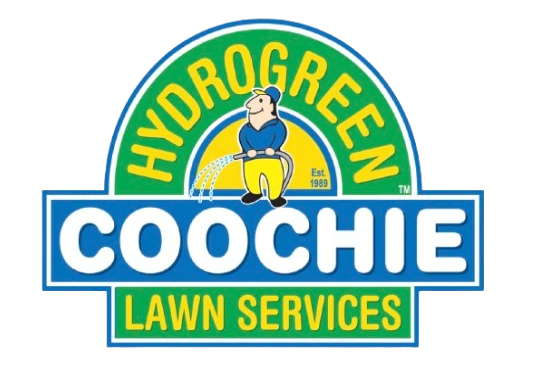When it comes to maintaining a lush and vibrant lawn, aeration emerges as a key player in promoting overall soil health. At Coochie HydroGreen, we understand that aeration is not just a practice; it’s a transformative process that allows your lawn to thrive. In this blog, we delve into the significance of aeration, explaining how it breathes new life into your green haven.
The Essence of Aeration
Aeration, in essence, is the method of puncturing the soil with small holes, strategically designed to alleviate compaction. This process is akin to offering your lawn a breath of fresh air and creating channels that allow essential elements—air, water, and nutrients—to seamlessly reach the grassroots. The result is a soil environment conducive to robust root growth and overall turf vitality.
Facilitating the Breath of Life
Imagine your lawn as a living entity, and aeration as the means by which it breathes. Coochie HydroGreen prioritises the health of your lawn by advocating for this indispensable practice. Our belief is rooted in the understanding that a well-aerated soil is the foundation for a thriving lawn. It’s not just about maintenance; it’s about instigating a transformation that fosters resilience and longevity.
Connecting You to Aeration Experts
While Coochie HydroGreen doesn’t directly offer aeration services, we go the extra mile for our clients. Our local technicians can connect you with reputable contractors in your area who specialise in aeration. We believe in comprehensive lawn care, and this extends to fostering collaborations with experts who share our commitment to excellence.
Understanding Soil Composition
The first step in effective lawn care is understanding your soil composition. Different soil types react uniquely to aeration. Clay soils tend to compact more than sandy soils, making aeration crucial. Knowing your soil type allows for a targeted and more effective aeration process, ensuring your lawn receives the care it specifically needs.
Seasonal Aeration
Soil compaction isn’t a static issue; it evolves with the seasons. Aeration post-heavy rainfall is especially crucial. Rainfall exacerbates soil compaction, making the soil denser and more resistant to airflow. Seasonal aeration, especially after rain, helps counteract potential issues, promoting better air and water circulation.
Preventive Measures
Prevention is often the best cure. Designating specific walkways or play areas helps distribute pressure evenly across your lawn. By concentrating foot traffic on designated paths, you reduce the risk of soil compaction in high-traffic zones. This proactive approach is a simple yet effective way to maintain a healthy and resilient lawn.
Complementary Practises
Aeration doesn’t exist in isolation. Combining aeration with overseeding and fertilisation creates a comprehensive and holistic approach to soil health. Aeration provides the necessary channels for seeds to penetrate the soil, and fertilisation ensures that the soil receives essential nutrients. This synergy enhances the effectiveness of each practice, promoting overall lawn vitality.
Monitoring Weeds
Weeds can be silent indicators of soil health. Certain weed species thrive in compacted soil. Observing weed growth patterns helps indirectly gauge the health of your soil. If certain weeds persist or dominate, it may signal ongoing soil compaction issues that need attention. Weed monitoring adds an extra layer of insight into the overall well-being of your lawn.
Professional Assessment
Professionals bring a depth of knowledge and experience, ensuring that the diagnosis is accurate and the solutions are effective. This proactive step can save time and effort in the long run, promoting sustained lawn health.
For expert lawn care advice, contact Coochie HydroGreen for a free lawn assessment and quote today.



